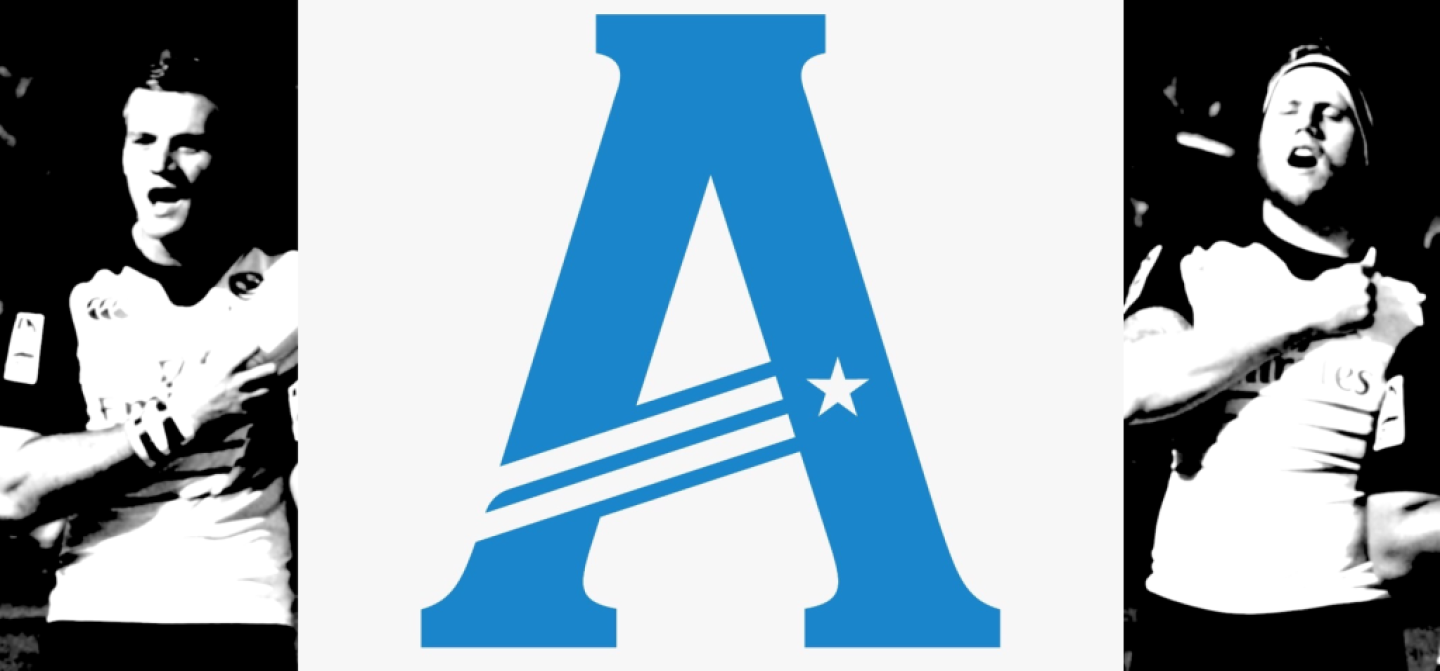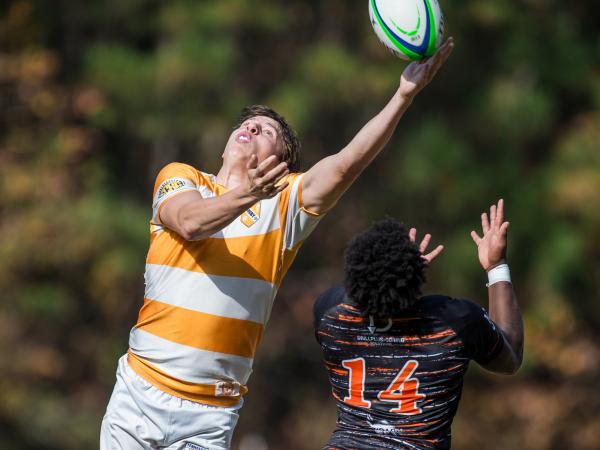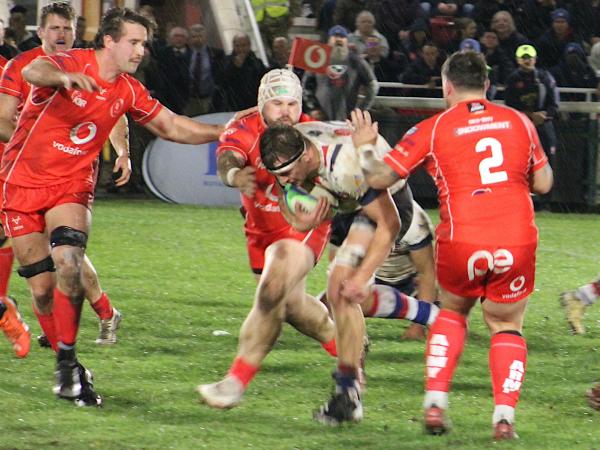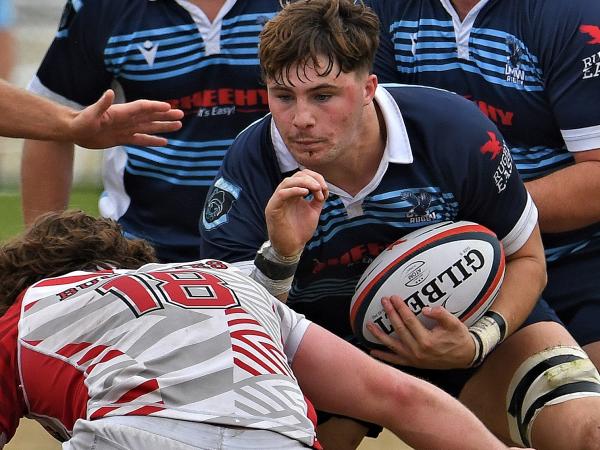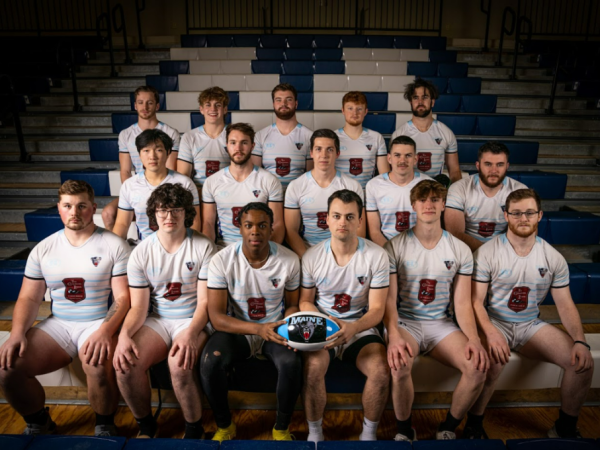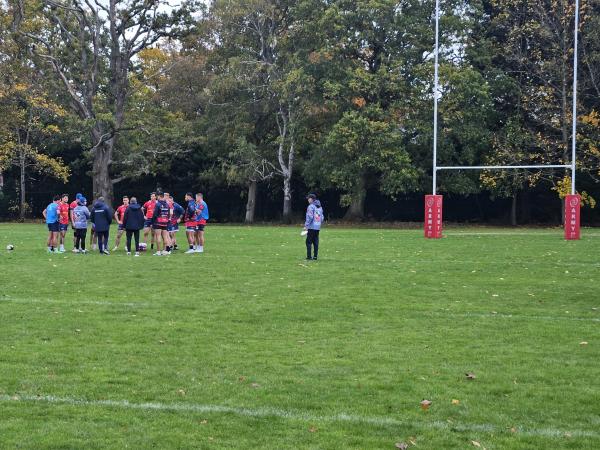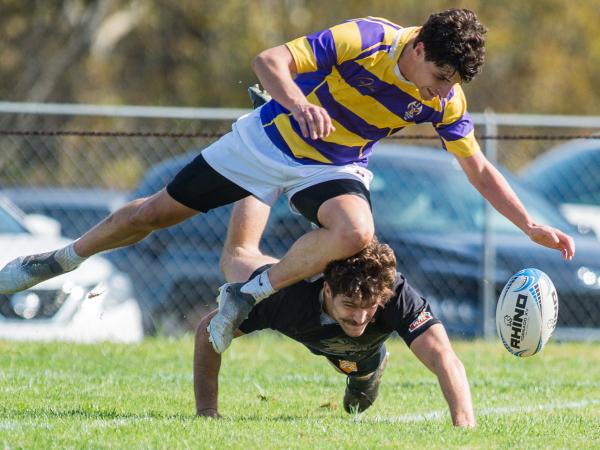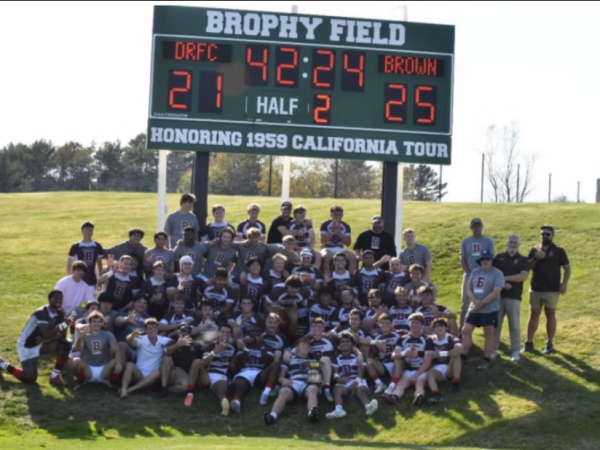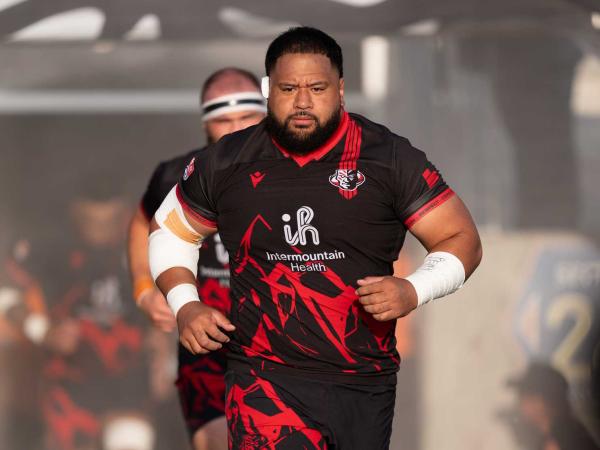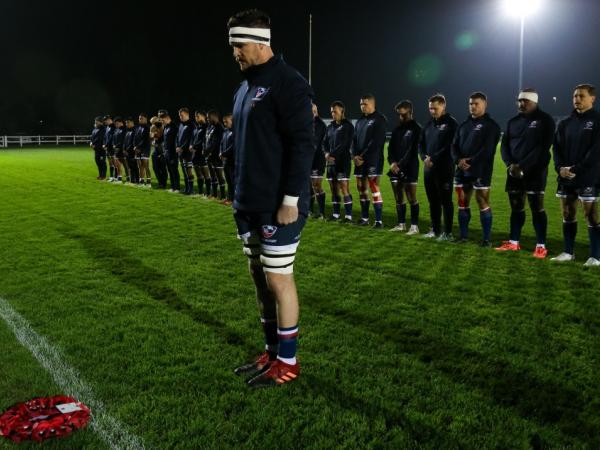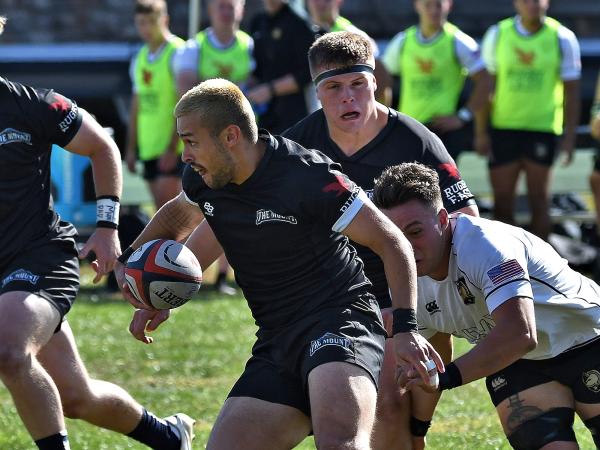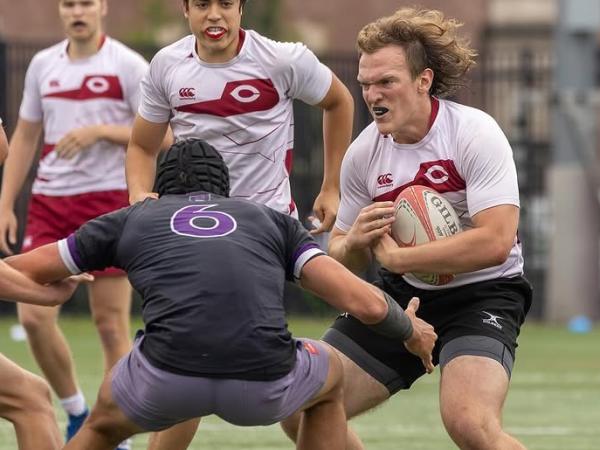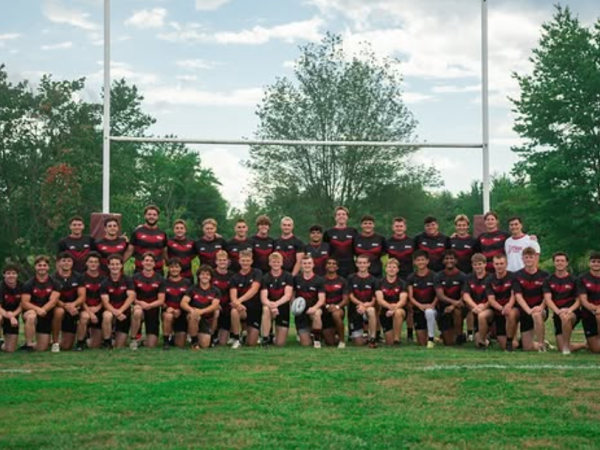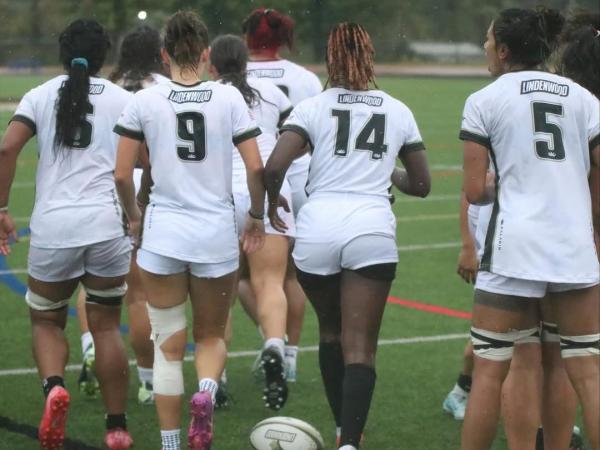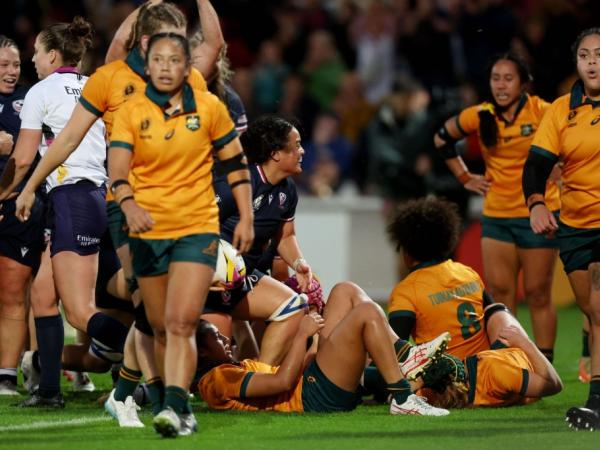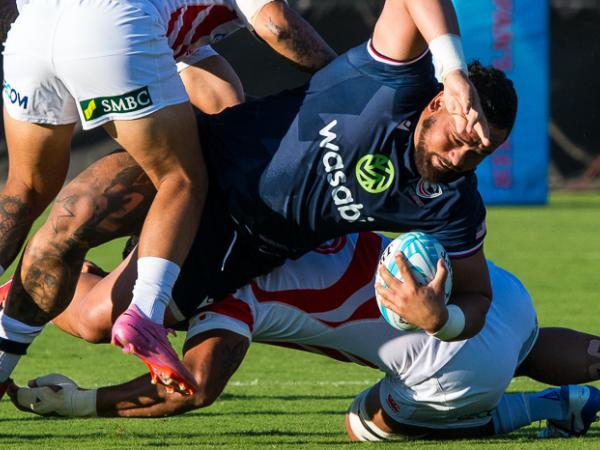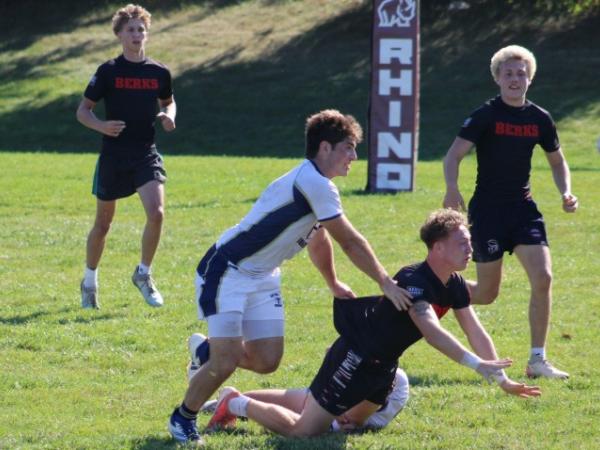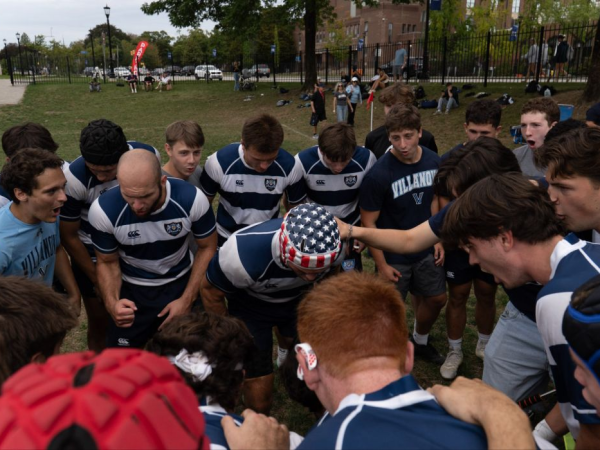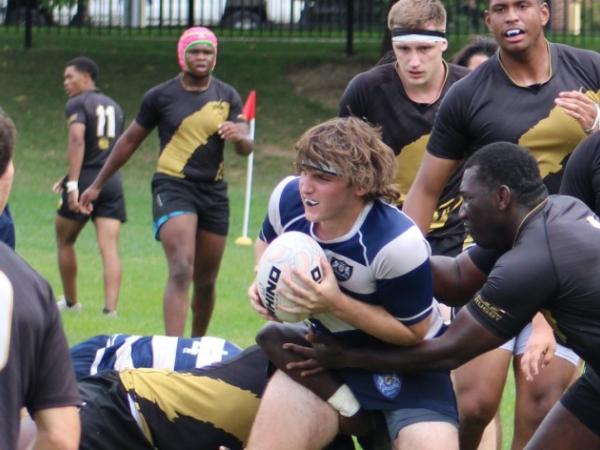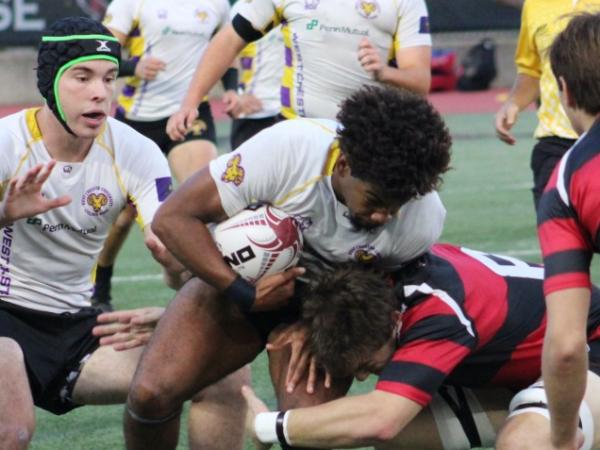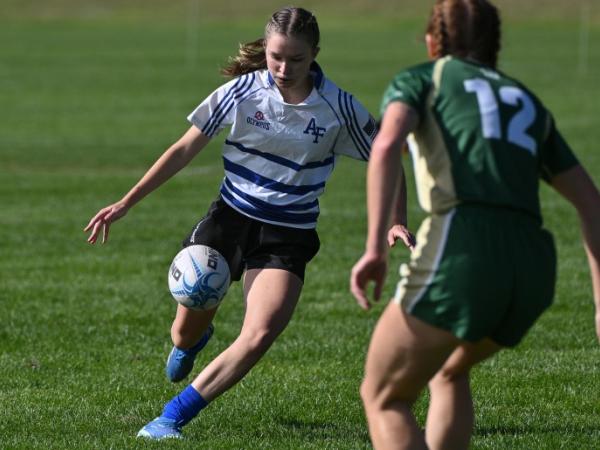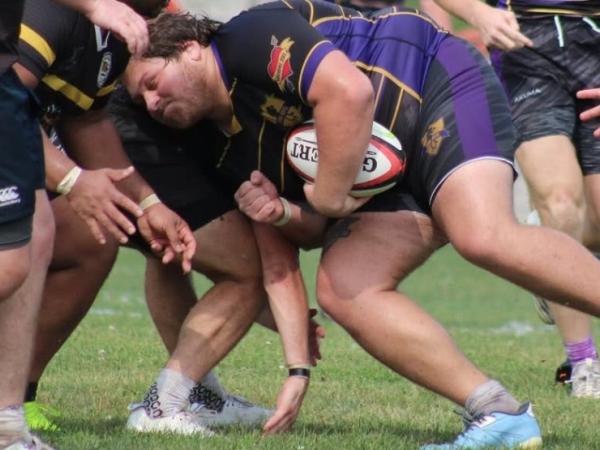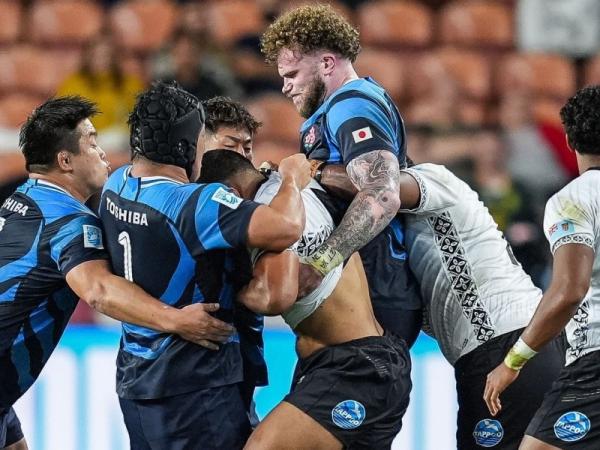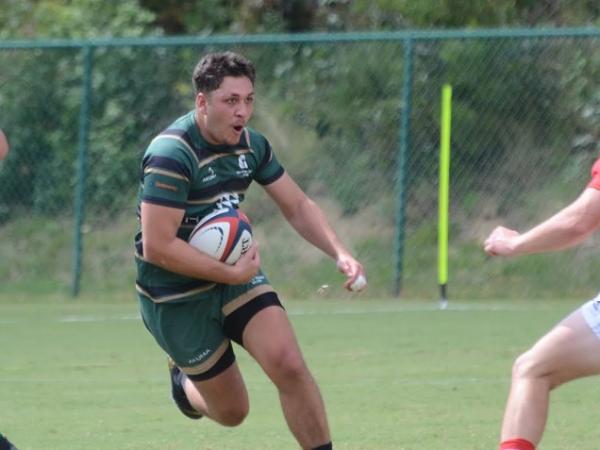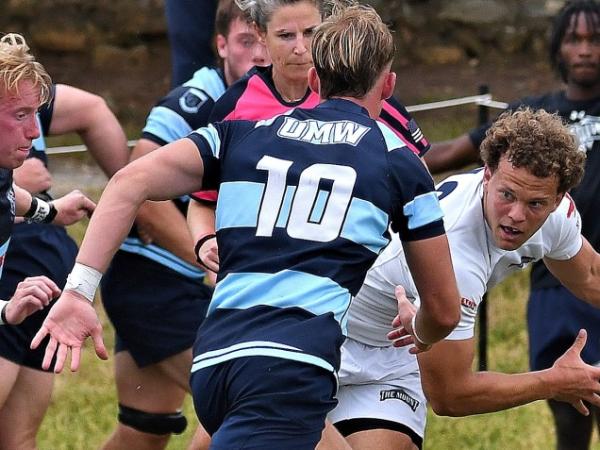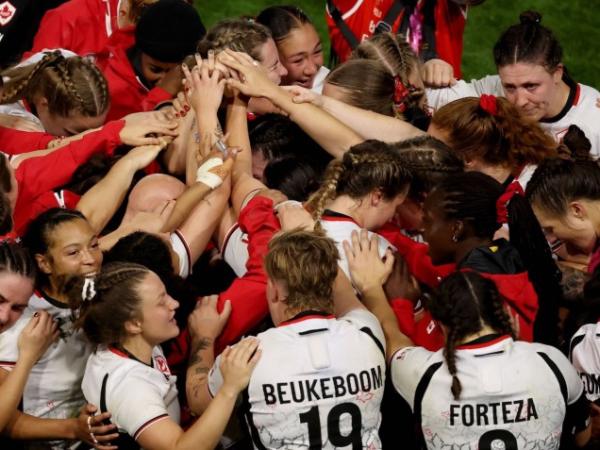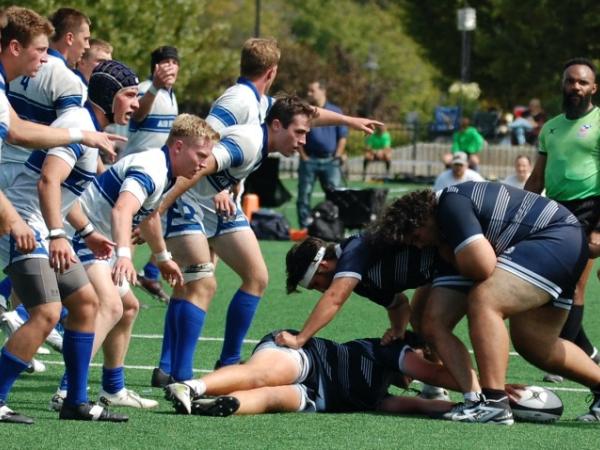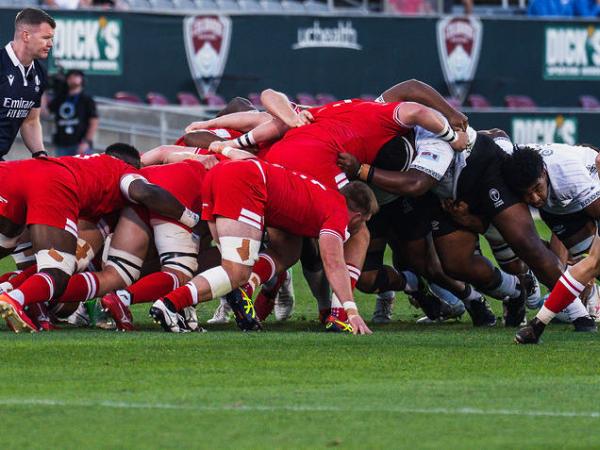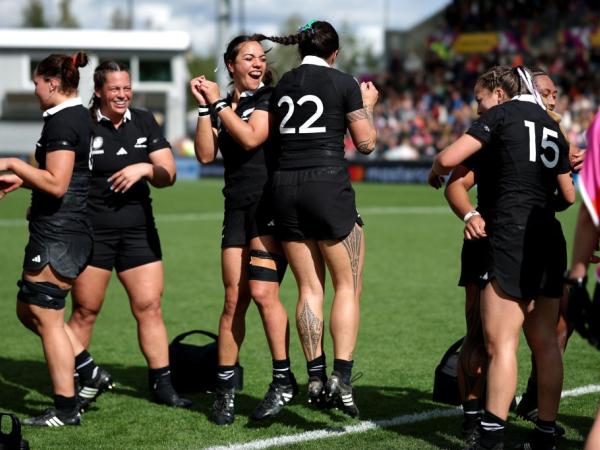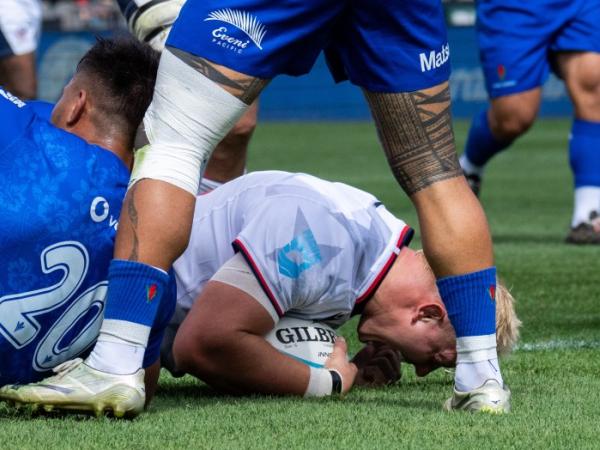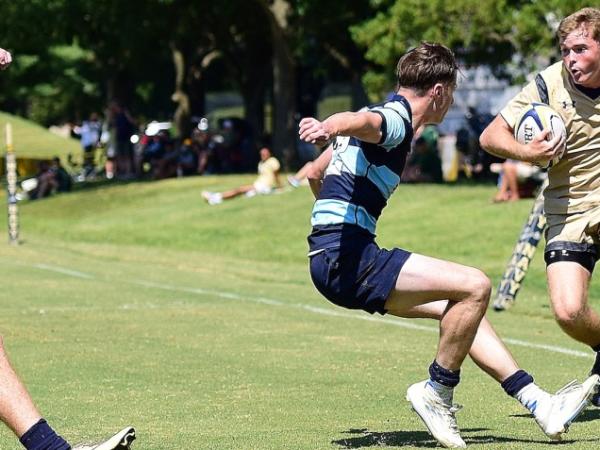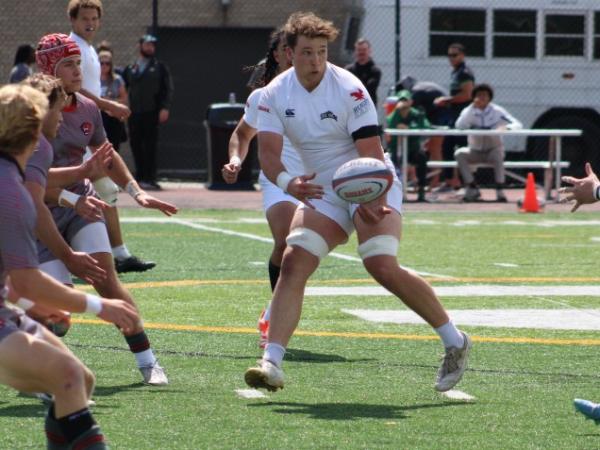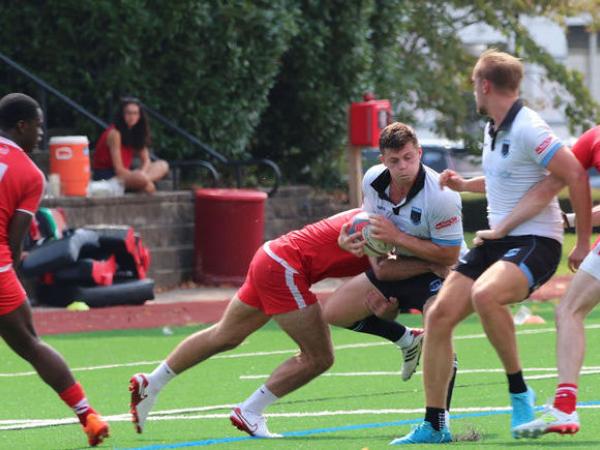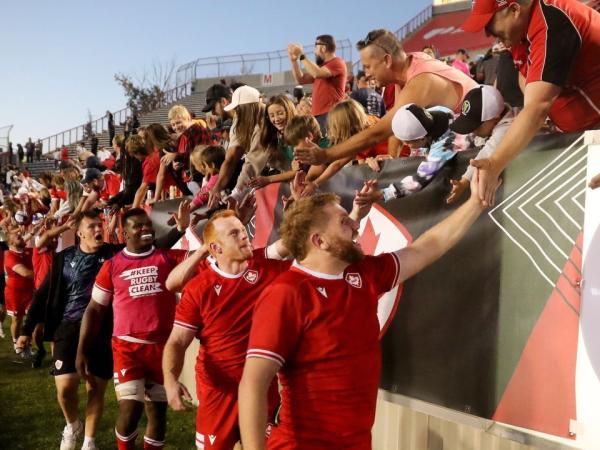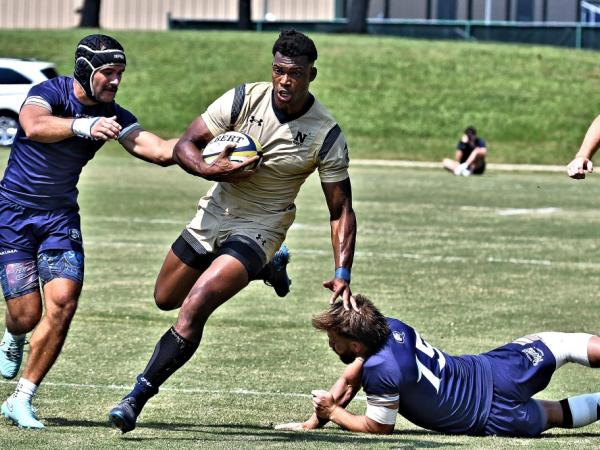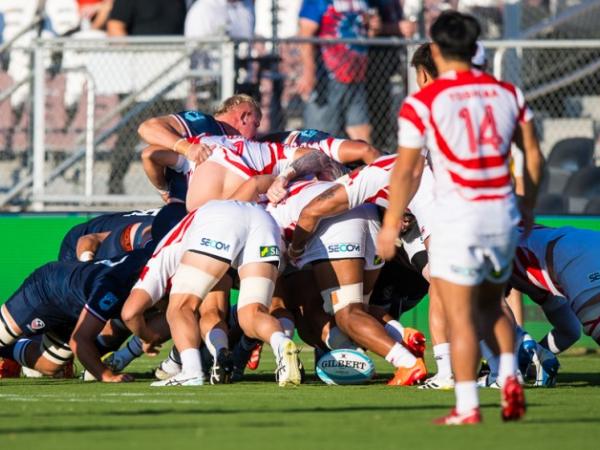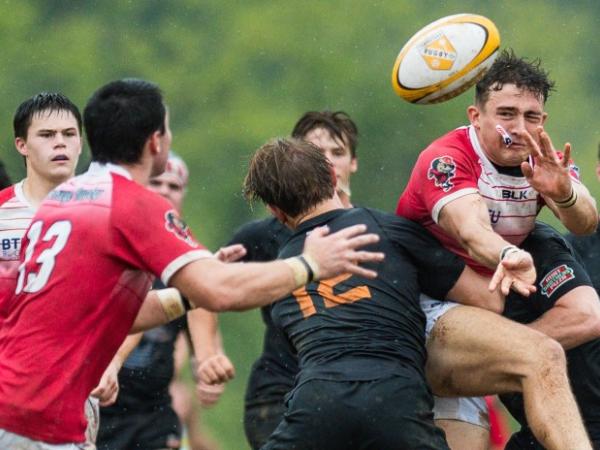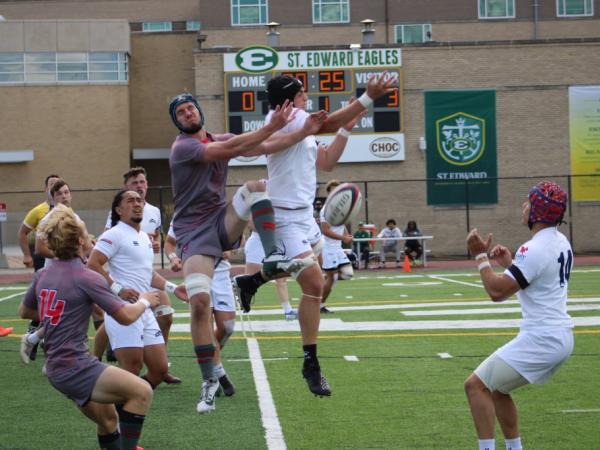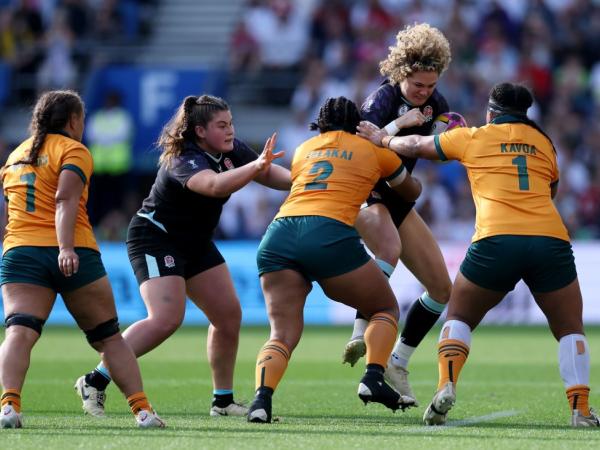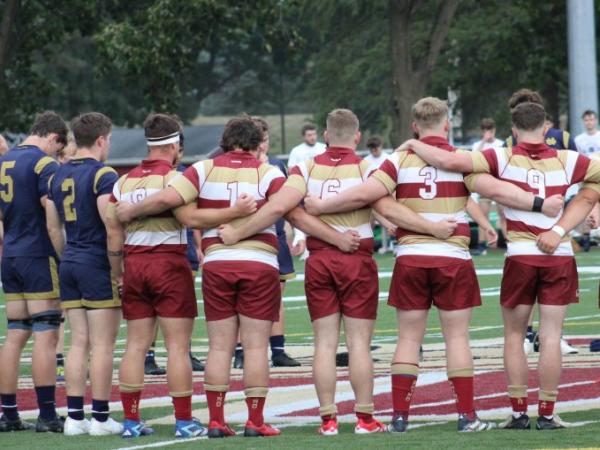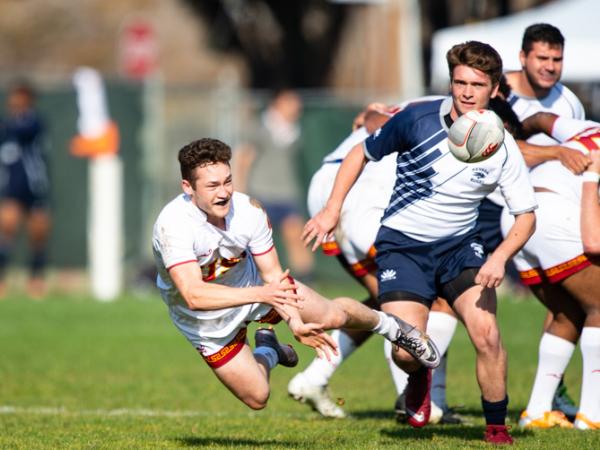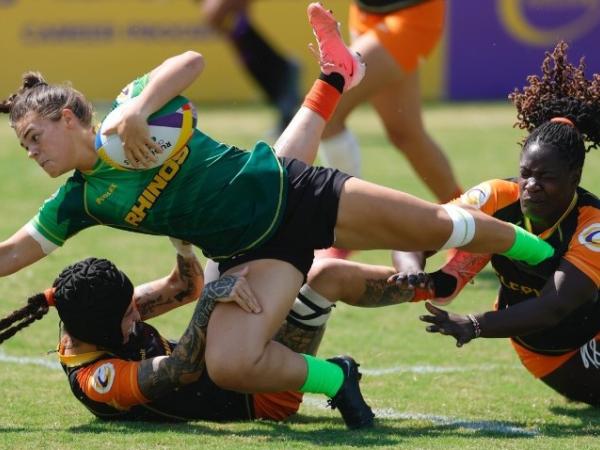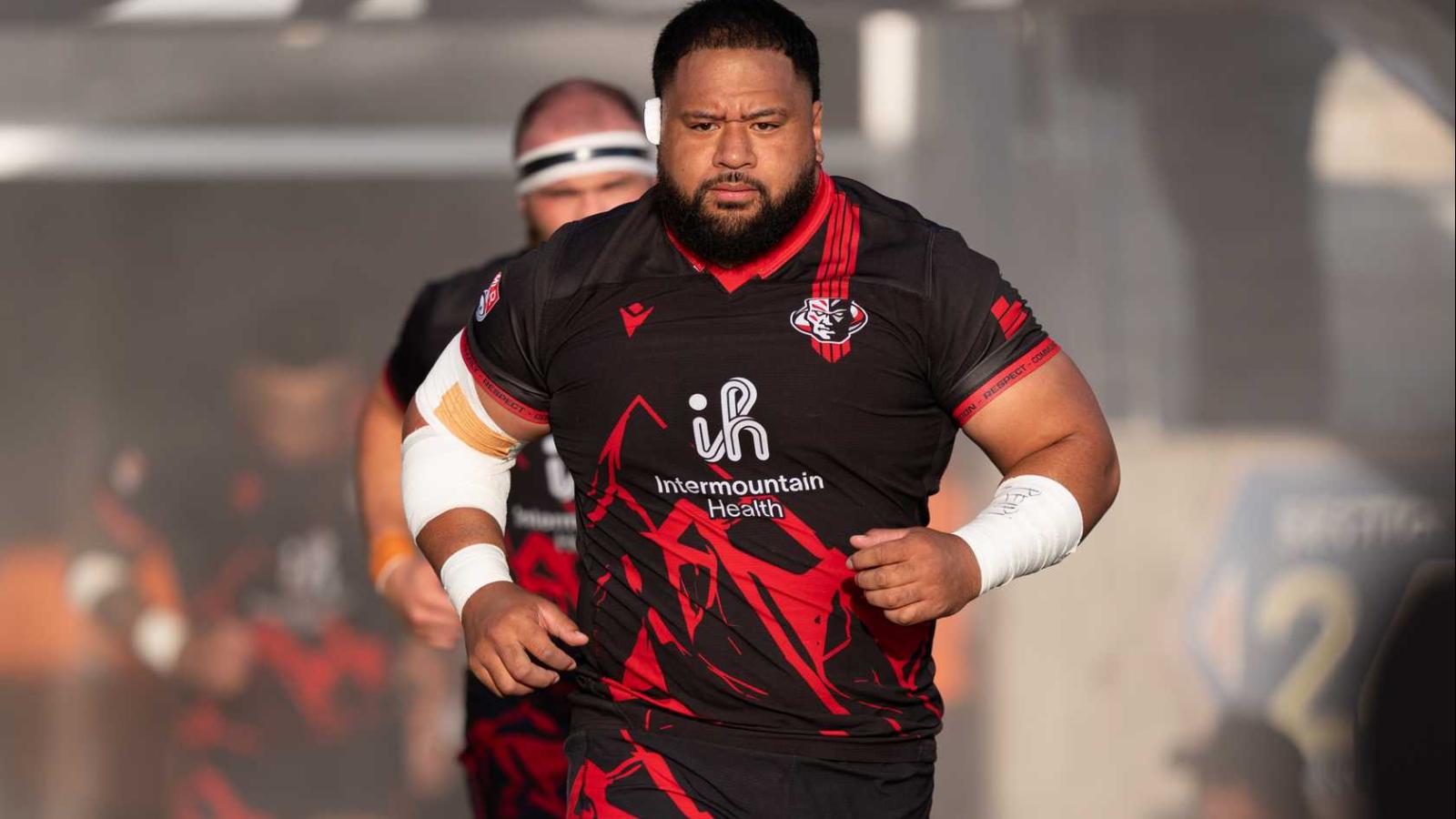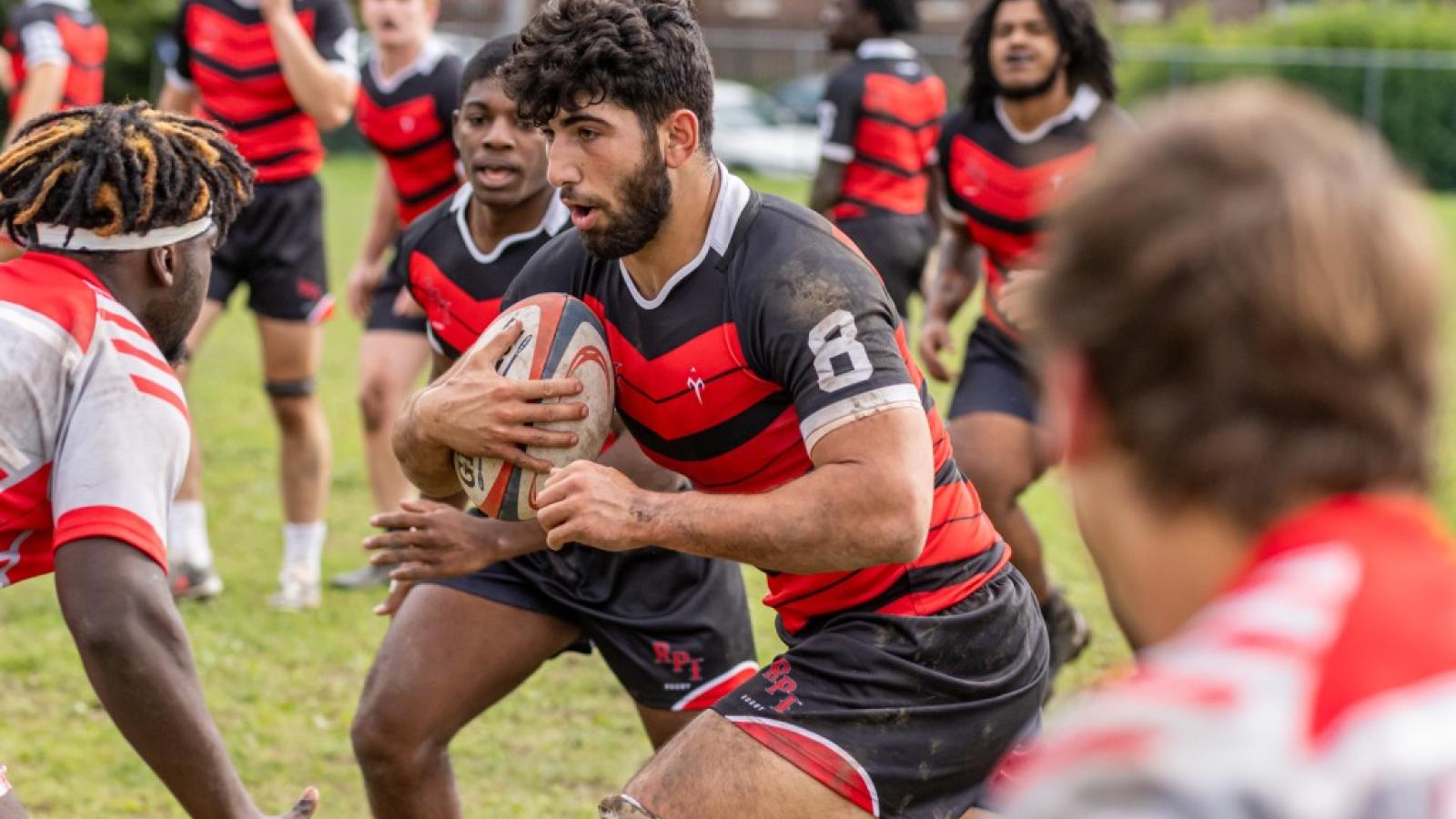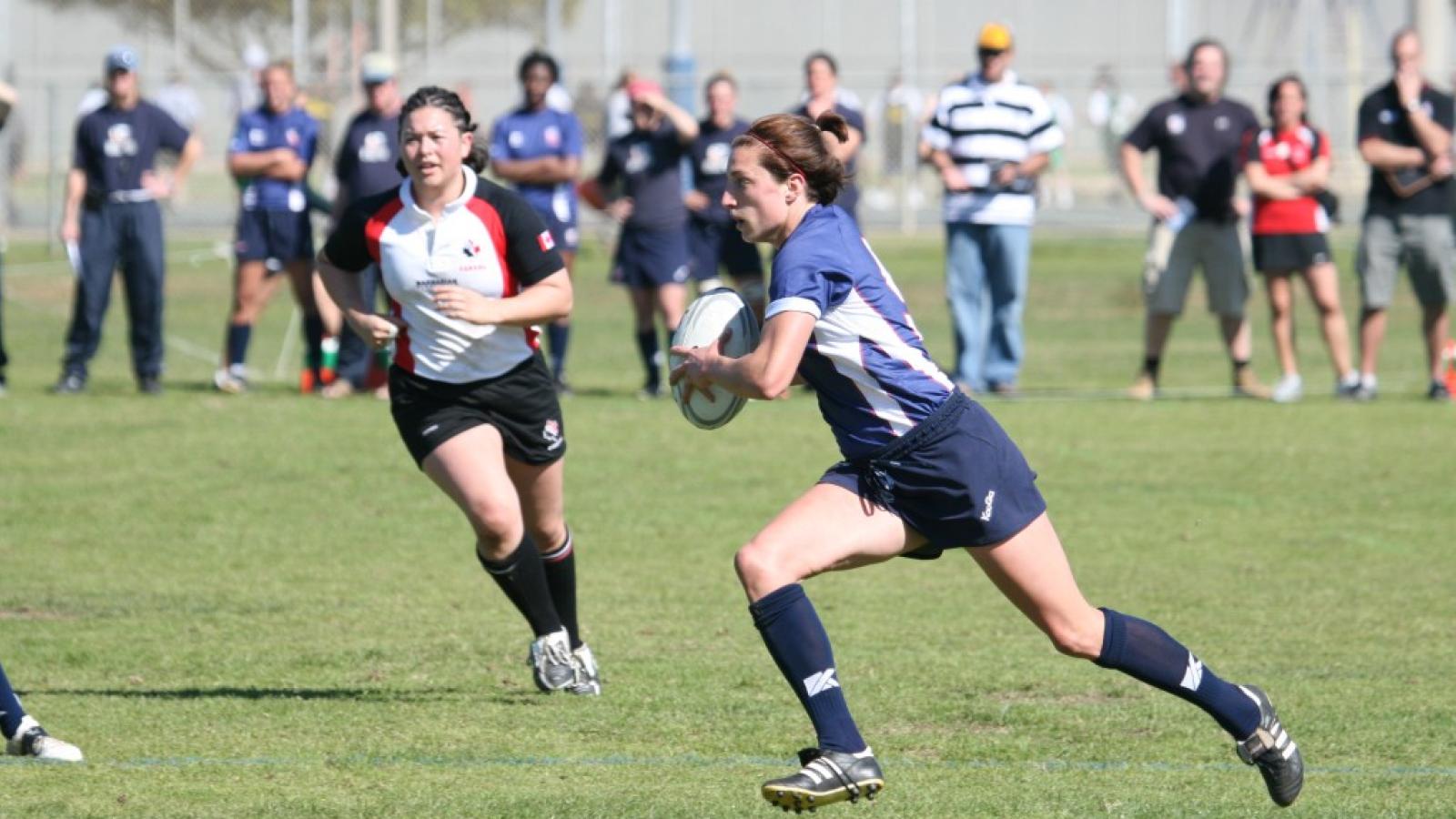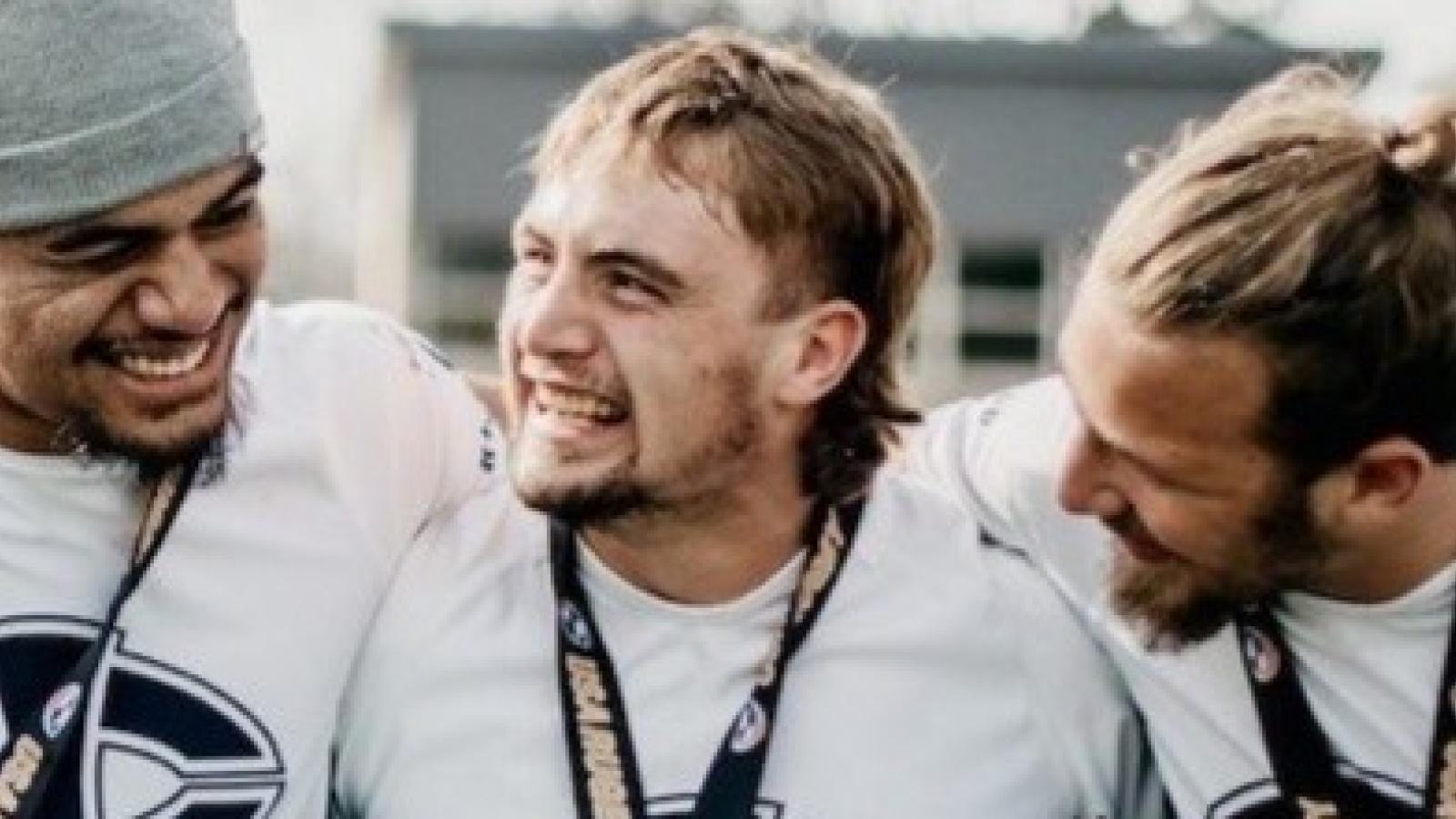The arrival of Anthem RC into Major League Rugby seems fairly logical on first glance.
After all, we have seen other national-team-supported teams in professional leagues, such as Fiji Drua, the Argentina Jaguares, and most of the teams in Super Rugby Americas. GRR sat down with USA Rugby High Performance General Manager Tamara Sheppard as well as USA Rugby COO Johnathan Atkeison to discuss how it all came about.
Was It Planned?
Not really. The idea of having a professional team overseen by USA Rugby in some form was certainly something the organization wanted, but they hadn’t developed a clear plan for that yet. The USA Hawks program in Charlotte had played against some Super Rugby Americas teams, but not as part of the competition as a whole, and that might well have been the plan
Sheppard told GRR that even as she was interviewing for the HP GM job, there were discussions with USA Rugby CEO Ross Young, Atkeison, and current USA Men’s 15s Head Coach Scott Lawrence about finding more high-level games for Eagles and for players who are close to being Eagles.
“When you look at what Drua’s been able to achieve and what Argentina’s been able to achieve, you see it’s a stepping stone to High Performance and this is a great opportunity to see American talent play more games. It was always in our plans; it just came about a little quicker than I thought we were going to aim for.”
So there was a movement to find a volume of high-level games for high-potential players.
And then the NY Ironworkers dropped out of Major League Rugby, and MLR was stuck with 11 teams.
The Scramble to Get it Done
Atkeison added that the idea of getting a USA Rugby-run pro team of some sort has been part of their conversations with World Rugby for quite some time. It’s a part of the buildup to the 2031 and 2033 World Cups.
But the loss of the Ironworkers opened an opportunity to put a team into Major League Rugby came up … with a deadline.
“We’ve been in discussions with MLR the last two years about how we work with the partnership,” said Atkeison. “Last year we partnered with the Hawks program, and we were discussing what the future of that program was. And then the opportunity presented itself.”
What followed was, both said “an incredible amount of hard work.” Daily phones calls, long phone calls; desperate planning. MLR had to commit to re-doing the schedule they had already been forced to chance because of the Ironworkers.
Atkeison joked (not completely unseriously) that he owed Nishant Nereyeth and Aaron Castro (MLR’s Dir. of Operations and Competitions Manager, respectively) a nice dinner out.
But they worked together and worked quickly. World Rugby got behind the funding (which they share with World Rugby—the Anthem team takes no funds away from USA Rugby). MLR got behind the scheduling.
“We were all committed to the framework,” said Atkeison. “It was just a question of timing. Trying to align USA Rugby, World Rugby, and Major League Rugby can be quite tricky, but everyone was committed to it. It really demonstrates about anything the power of unifying around a common mission.”






